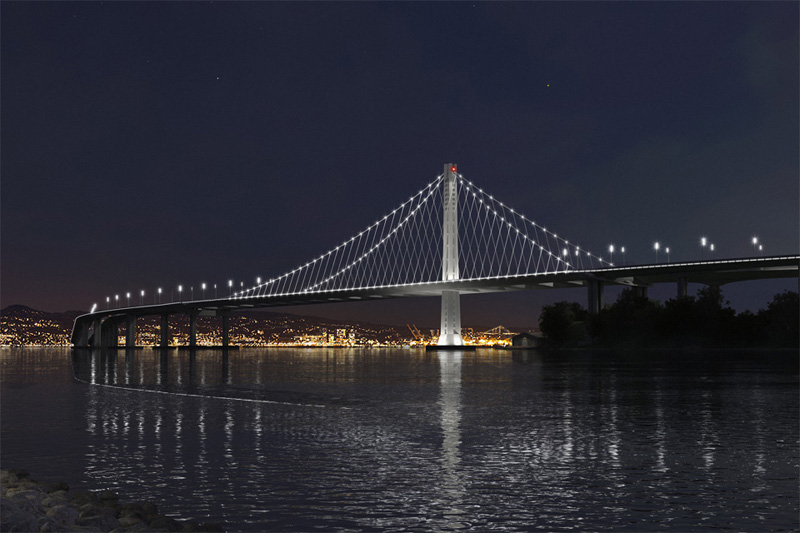Government Officials Realize the Power of Rendered Animations and Time Lapse 3D Visualizations

Time lapse video has been used for decades to show the progress of some of the world’s most awe inspiring innovations – from Olympic stadiums to aircraft, ship building and more. Most recently the progress of New York City’s One World Trade Center has been captured via a construction site “job-cam”. The video spans the period from October, 2004 to September, 2013 and was hand-edited from hundreds of thousands of high-definition images captured of work at the site. Prominently featured is the rise of One World Trade Center.
The edited time lapse video of 12 years of construction at New York City’s World Trade Center was released to commemorate the anniversary of the attacks that brought down the trade center’s twin towers on Sept. 11, 2001.
Video time lapse is nothing new, but with the advent of 3D model visualization, time lapse videos and rendered animations are proving an essential resource for a number of use cases – from visualizing infrastructure projects before they are built to helping transportation officials piece together, analyze and hopefully prevent serious accidents.
Take, for example, July’s deadly high speed train crash in Spain. The Google Earth Blog recently featured a detailed 3D reconstruction of the accident. Created by Peter Olsen and published in Google Earth, the 3D model of the train has been created to exact dimensions and the animation is accurate to the millisecond, based on time stamped video footage (which is more accurate than the original YouTube video which is actually speeded up). It shows how the accident unfolded, how the severe damage occurred to carriages 3, 5 and 7, and how the carriages ended up in their final positions.
There are two versions of the animation, a long one that describes the entire event, and a short version of just the accident. With the short version the entire accident can be viewed from any angle to study closely what happened.
While time lapsed visuals like these can play a vital role in determining the cause of the accident and hopefully preventing similar disasters, 3D visualization is also playing a growing role in AEC projects. From helping planned projects gain stakeholder and public approval at the conceptual phase, to communicating how infrastructures might impact the surrounding landscape and individual lives.
The San Francisco Bay Bridge (East Span) seismic safety project, which came to fruition earlier this month, demonstrated how transportation officials can and are using 3D designs to connect designs with their stakeholders and audience. Check out these incredible 3D visualizations of the project at the Autodesk Gallery and then fly over a rendering of the completed bridge.
Image courtesy of Autodesk
3D visualization is nothing new to the California Department of Transportation, read our earlier article about how the agency advocated using a variety of design visualization tools to help the public understand more about the replacement of the current south access road to the Golden Gate Bridge project and anticipate and plan for the detours, and closures.

















































